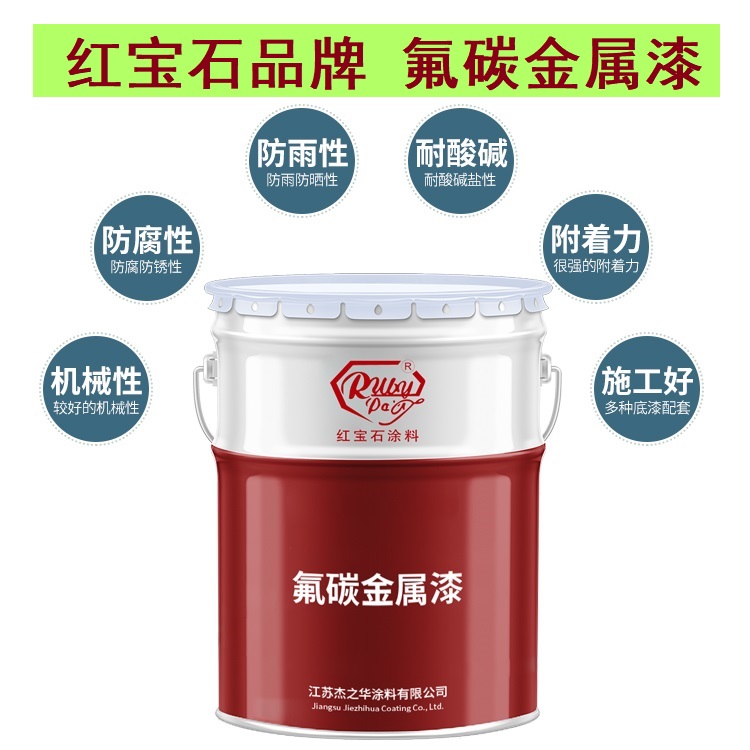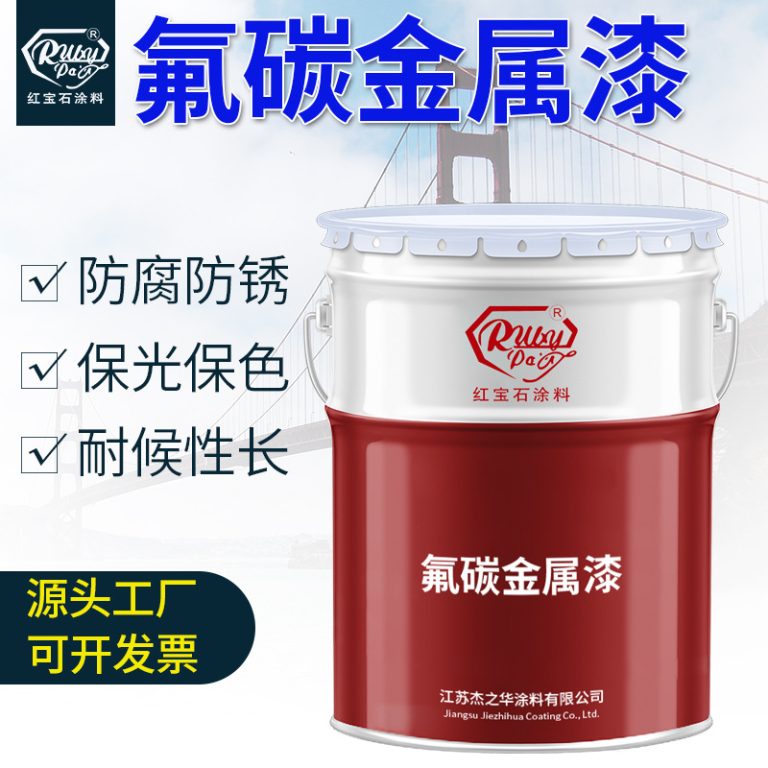Table of Contents
Heat Resistance of Rustoleum Paints: A Comprehensive Guide
Rustoleum paints are renowned for their durability and protective qualities, making them a popular choice for a variety of applications. One of the key features that sets Rustoleum apart from other paints is its ability to withstand heat. This characteristic is particularly important for surfaces that are exposed to high temperatures, such as engines, grills, and radiators. Understanding the heat resistance of Rustoleum paints can help users make informed decisions about which products to use for their specific needs.
Rustoleum offers a range of paints that are specifically formulated to resist heat. These products are designed to maintain their integrity and appearance even when subjected to extreme temperatures. The heat resistance of Rustoleum paints varies depending on the specific product and its intended use. For example, Rustoleum High Heat Spray Paint is capable of withstanding temperatures up to 1200 degrees Fahrenheit. This makes it an ideal choice for use on surfaces that are exposed to high heat, such as automotive parts and outdoor grills.
The formulation of Rustoleum heat-resistant paints includes special additives and pigments that help to reflect heat and prevent the paint from breaking down under high temperatures. These additives also contribute to the paint’s ability to resist fading, chipping, and cracking, which are common issues with other types of paint when exposed to heat. Additionally, Rustoleum heat-resistant paints are designed to provide a smooth, even finish that enhances the appearance of the surface while providing superior protection.
It is important to note that while Rustoleum paints are highly resistant to heat, they are not completely heat-proof. Prolonged exposure to temperatures that exceed the maximum threshold specified for the product can lead to degradation of the paint. Therefore, it is essential to choose the right Rustoleum product based on the maximum temperature that the painted surface is expected to encounter.
Proper application of Rustoleum heat-resistant paints is also crucial for achieving optimal performance. The surface to be painted should be clean, dry, and free of any rust or other contaminants. Applying the paint in thin, even coats and allowing adequate drying time between coats can help to ensure that the paint adheres properly and provides effective heat resistance. It is also important to follow the manufacturer’s instructions regarding curing times and temperatures, as this can affect the paint’s ability to withstand heat.
In conclusion, Rustoleum paints offer excellent heat resistance, making them a suitable choice for a wide range of applications where exposure to high temperatures is a concern. By selecting the appropriate Rustoleum product and following proper application techniques, users can achieve a durable, heat-resistant finish that provides long-lasting protection for their surfaces. Whether you are looking to protect automotive parts, outdoor grills, or any other high-heat environment, Rustoleum has a solution that can meet your needs.
Comparing Rustoleum Products: Which Can Withstand High Temperatures?
Rustoleum is a well-known brand that offers a wide range of protective paints and coatings designed to prevent corrosion, weathering, and wear. Among their diverse product line, several Rustoleum products are specifically formulated to withstand high temperatures, making them ideal for use on surfaces that are frequently exposed to heat. Understanding which Rustoleum products can endure high temperatures is crucial for selecting the right coating for your project.

One of the standout products in Rustoleum’s lineup is the High Heat Spray Paint. This paint is specifically engineered to resist temperatures of up to 1200 degrees Fahrenheit intermittently and 600 degrees Fahrenheit continuously. It is ideal for use on surfaces that are exposed to extreme heat, such as the exterior of barbeque grills, wood stoves, and automotive parts like exhaust manifolds. The High Heat Spray Paint forms a protective barrier that not only resists heat but also prevents rust, making it a dual-purpose solution for high-temperature environments.
Another notable product is the Rustoleum High Heat Brush-On Paint. Similar to the spray version, this paint can also withstand temperatures up to 1000 degrees Fahrenheit. It is perfect for application on surfaces that require a more precise, brush-on approach, such as fireplace surrounds, radiators, and engine blocks. The paint is available in a variety of colors, allowing for customization while still providing excellent heat resistance and protection against rust.
For those looking for a solution that can withstand even higher temperatures, Rustoleum offers the Specialty High Heat Ultra Spray Paint. This advanced formulation is capable of withstanding temperatures up to 1200 degrees Fahrenheit and is designed to resist heat and maintain color stability. The Ultra version of the high heat paint also features an enhanced gloss finish, providing a sleek and attractive appearance to treated surfaces. This makes it an excellent choice for automotive and industrial applications where both performance and aesthetics are important.
It is important to note that while these Rustoleum products provide excellent heat resistance, proper application and surface preparation are key to achieving the best results. Surfaces should be clean, dry, and free of rust, grease, and other contaminants before applying the paint. Additionally, it is recommended to apply multiple thin coats rather than a single thick coat to ensure even coverage and optimal protection.
In conclusion, Rustoleum offers a variety of products that are capable of withstanding high temperatures, each tailored to meet specific needs and applications. Whether you require a spray or brush-on solution, Rustoleum’s high heat paints provide robust protection against heat and rust, ensuring the longevity and durability of your surfaces. By choosing the appropriate product and following the recommended application guidelines, you can effectively protect your high-temperature surfaces with confidence.
DIY Projects: Using Rustoleum for Heat-Exposed Surfaces
Rustoleum is a popular choice for DIY enthusiasts looking to protect and enhance various surfaces. Known for its durability and versatility, Rustoleum paint is often used on items that are exposed to the elements, including heat. When considering Rustoleum for heat-exposed surfaces, it is important to understand its capabilities and limitations to ensure the longevity and effectiveness of your project.
| No. | Name |
| 1 | Industrial paint |
| No. | Products |
| 1 | Fluoracarbon paint |
Rustoleum offers a range of products specifically designed to withstand high temperatures. These high-heat paints are formulated to resist heat up to 1200 degrees Fahrenheit, making them ideal for surfaces that are regularly exposed to extreme heat, such as grills, radiators, engines, and exhaust systems. The high-heat line includes spray paints and brush-on paints, providing options for different application preferences and project requirements.
The key to successfully using Rustoleum on heat-exposed surfaces lies in proper preparation and application. Before painting, it is crucial to clean the surface thoroughly to remove any dirt, grease, or rust. This ensures that the paint adheres well and provides a smooth finish. If dealing with a rusty surface, using a wire brush or sandpaper to remove the rust is recommended before applying a primer. Rustoleum offers high-heat primers that are specifically designed to complement their high-heat paints, enhancing the paint’s adhesion and durability.
When applying Rustoleum high-heat paint, it is essential to follow the manufacturer’s instructions carefully. These paints typically require a specific number of coats and drying times between coats. It is also important to apply the paint in a well-ventilated area and to use protective gear, such as gloves and a mask, to avoid inhaling fumes. Once the paint is fully cured, which may take several hours or days depending on the product and environmental conditions, the surface will be ready to withstand high temperatures without peeling, cracking, or losing its color.
While Rustoleum’s high-heat paints are highly effective for heat-exposed surfaces, it is important to note that they are not suitable for all high-temperature applications. For instance, these paints should not be used on surfaces that will come into direct contact with open flames or food, as they are not food-safe. Additionally, while Rustoleum high-heat paints can resist temperatures up to 1200 degrees Fahrenheit, exposure to temperatures beyond this limit may cause the paint to fail.
In conclusion, Rustoleum offers a reliable solution for protecting and enhancing heat-exposed surfaces through its range of high-heat paints. These products are specifically formulated to withstand extreme temperatures, making them suitable for a variety of applications, from automotive parts to home heating systems. By following proper surface preparation and application techniques, DIY enthusiasts can achieve professional-looking results that are both durable and aesthetically pleasing. However, it is important to consider the specific requirements and limitations of high-heat paints to ensure that they are appropriate for your particular project. With the right approach, Rustoleum can provide an effective and long-lasting finish for heat-exposed surfaces.






